We may receive a commission when you use our affiliate links. However, this does not impact our recommendations.
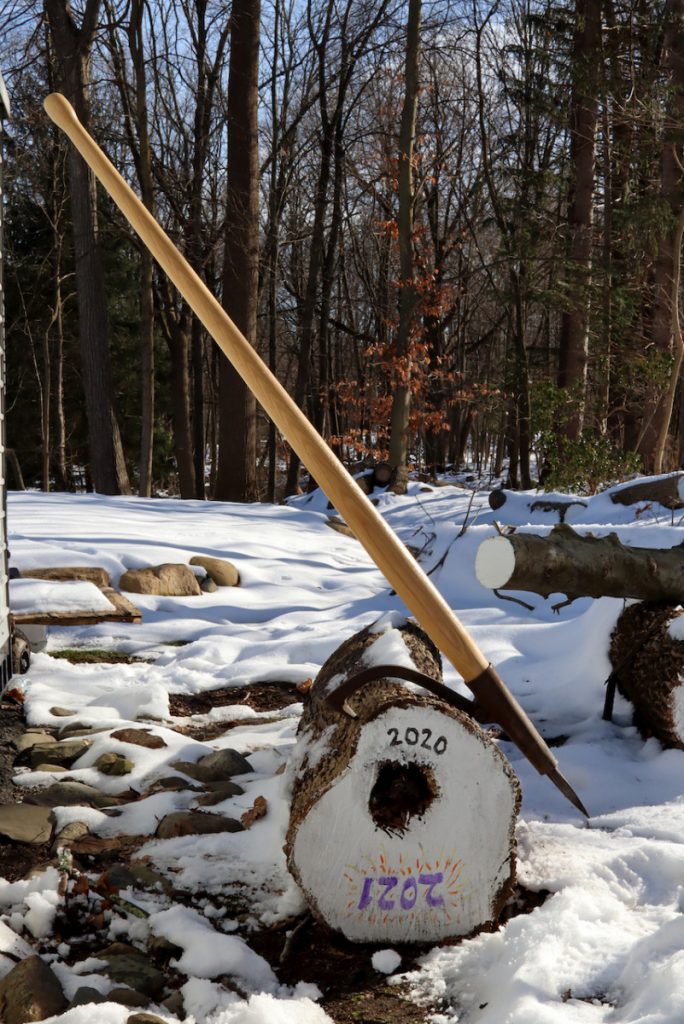
One of the most unusual names in the lumberjack’s catalog of tools is a peavey. Named after Joseph Peavey this tool is a hooked and spiked lever used for manipulating logs, roll them over, pivot them, and more.
If you have an affinity for axes, pickaroon, and other tools of the trade you are probably familiar with peaveys and their role. This story is about the peavey that I restored and have been using during the last few years.
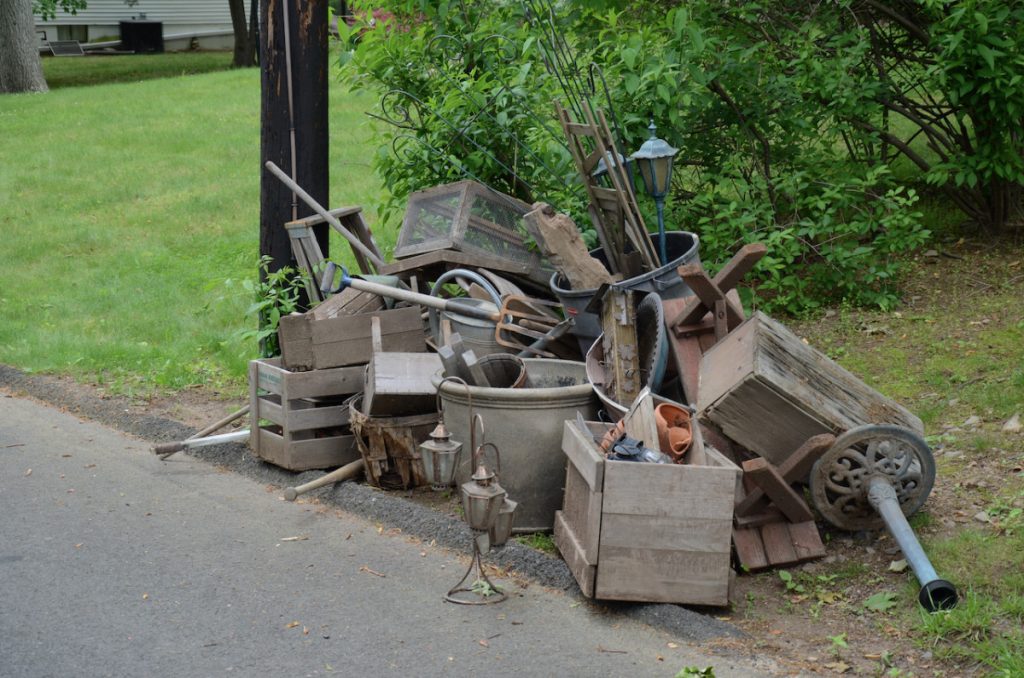
More then ten years ago I found a rusty looking metal hook that was attached to a broken wooden handle. It was placed in a “Free stuff” box on the side of the road, and as an enthusiastic repurposer/reuser/restorer I could have not let this odd-looking duck end up in the landfill.
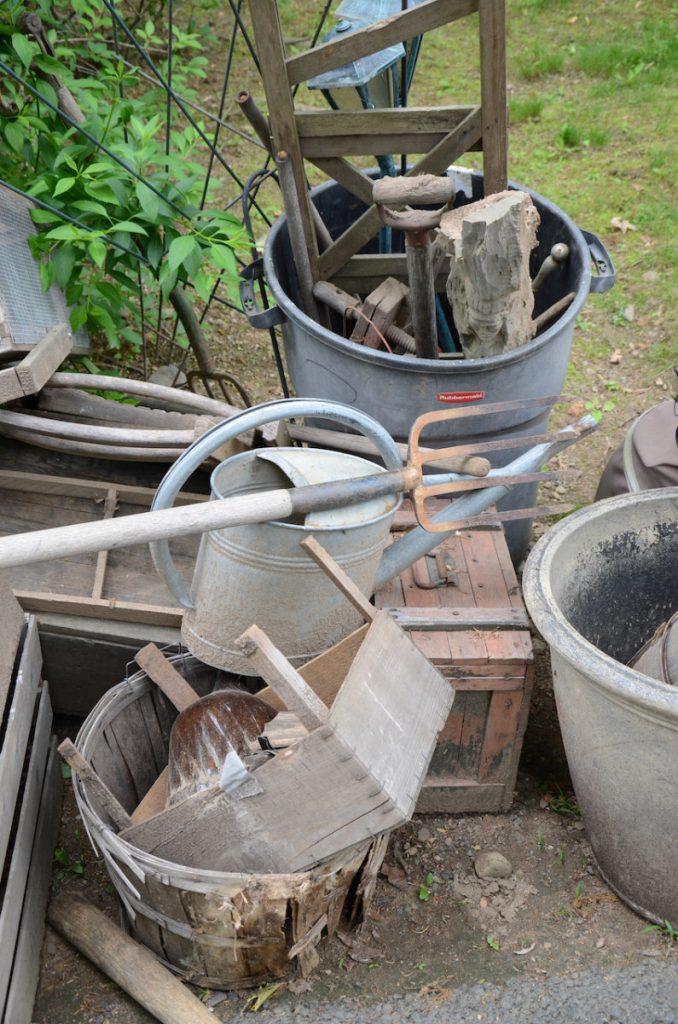
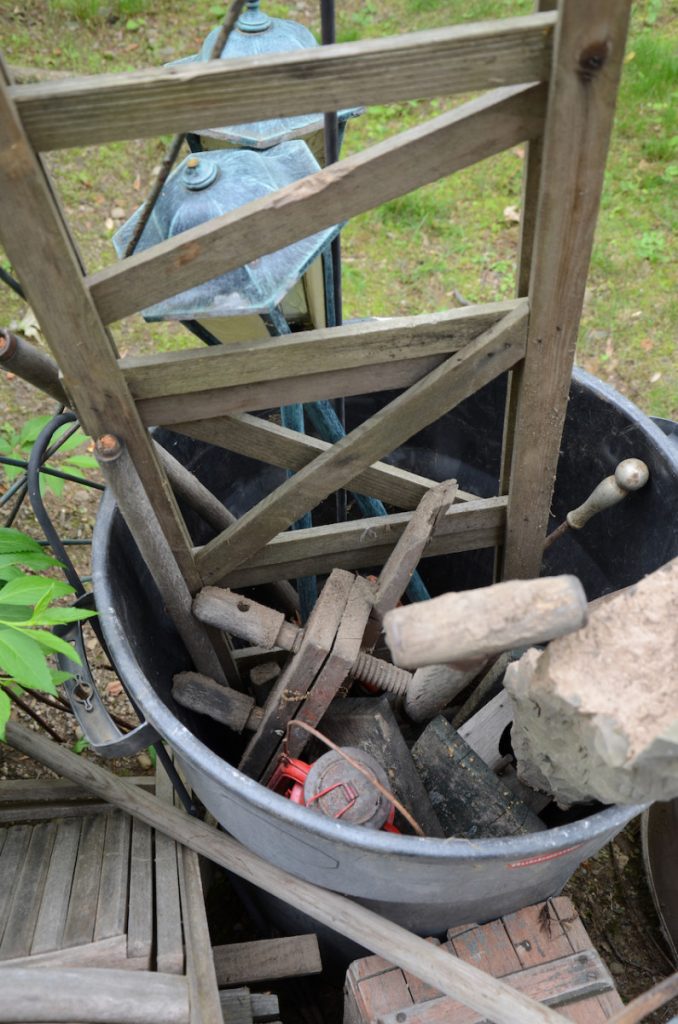
I grabbed the orphaned tool and added it to my collection of “In need of restoration sometime in the future” items. A few years passed and in 2015 I finally got a chance to restore it.
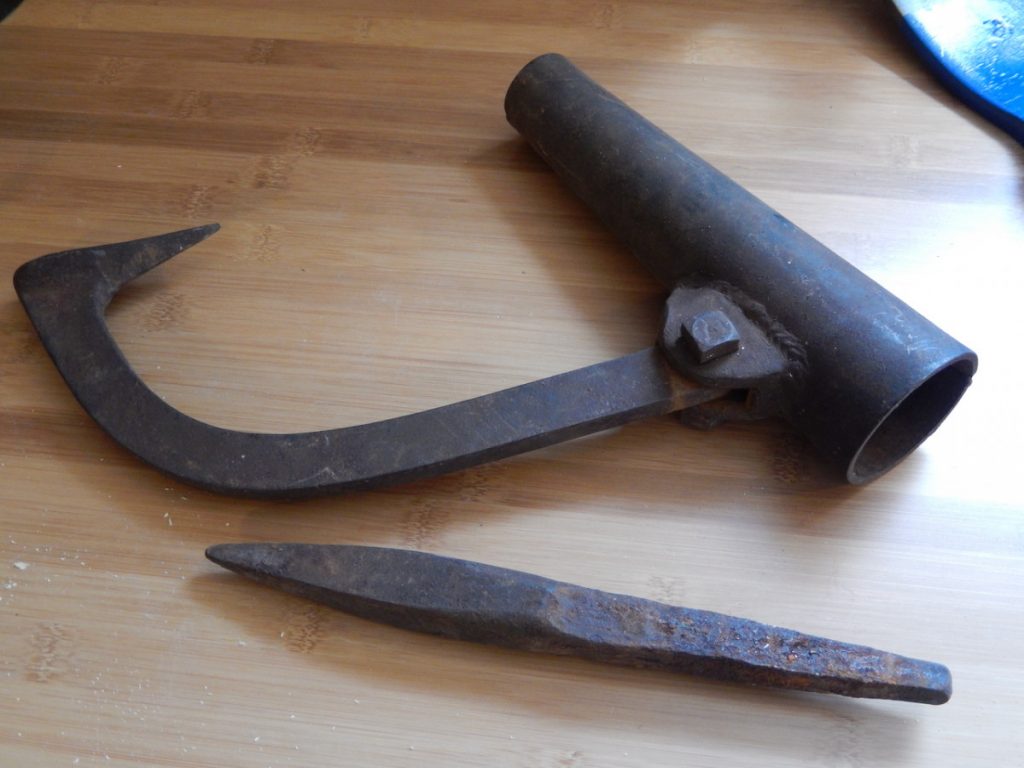
What the heck is it?
It took me some time to find out what this tool actually was. The object that I found looked like a steel cone with a hinged hook that was welded into it and a spike of some sort inserted through its narrow end. Upon closer inspection, I saw that the steel cone is inserted over a broken wooden handle in the same way that a socket chisel is mounted over its handle.
I was fortunate to have a few books on early American timber farming techniques and tools so I decided to comb their pages in anticipation to resolve this mystery. Luckily in one of them, a book called A Museum of Early American Tools by Eric Sloane, I found the answer – it’s a peavey.
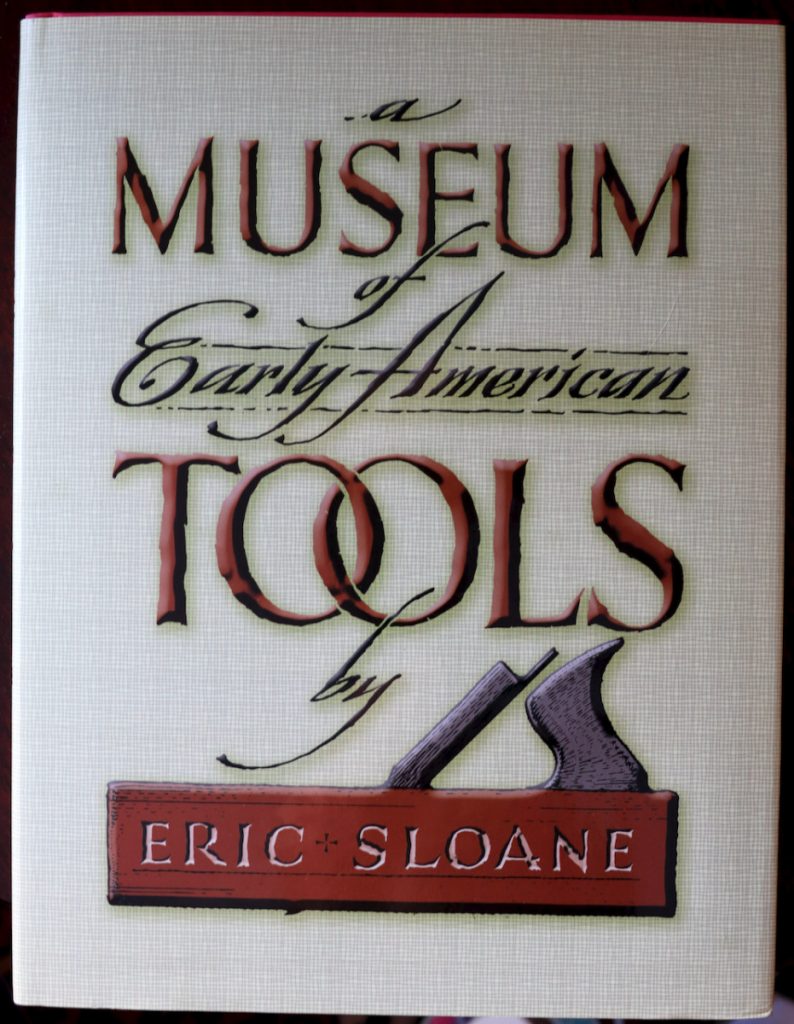
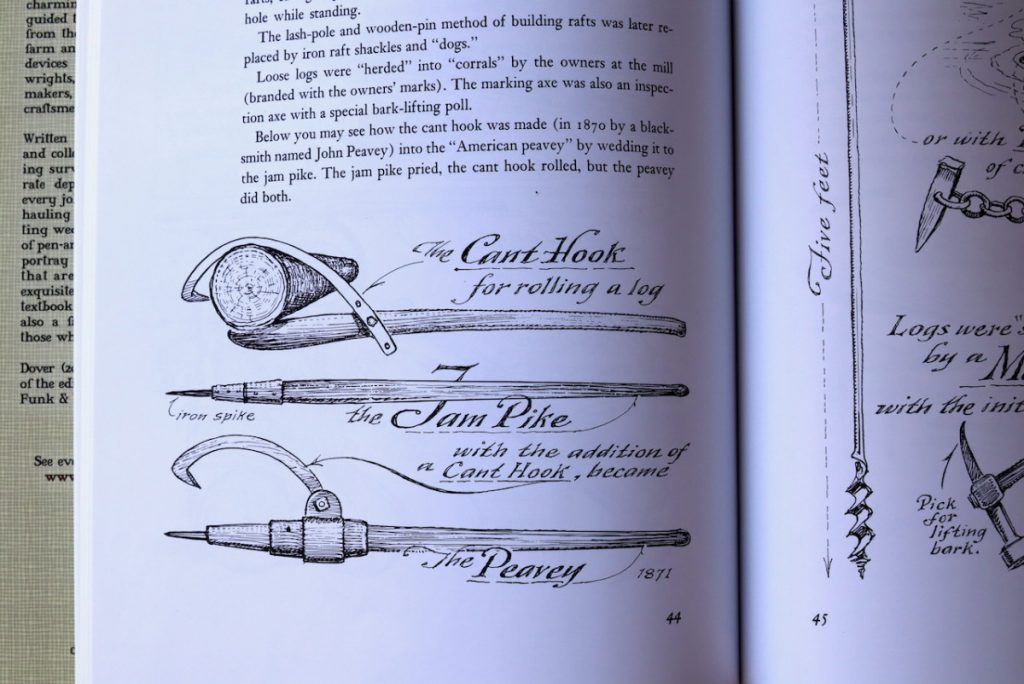
Buying a replacement handle
Once I knew what it was I googled for a handle replacement. Fortunately not only that I could find a replacement handle, but I also discover that the Peavey name is still in business and is manufacturing peaveys and other great lumberjacking and woodworking tools.
Installing the new handle
After pushing the broken wooden handle out of the socket and releasing the spike from its hole I examined the socket. It was rusty and needed some sanding so I decided to spend some time with it. To help clamp this mammoth socket in my vise I built an auxiliary jaw that could hold and pivot the socket at different angles.
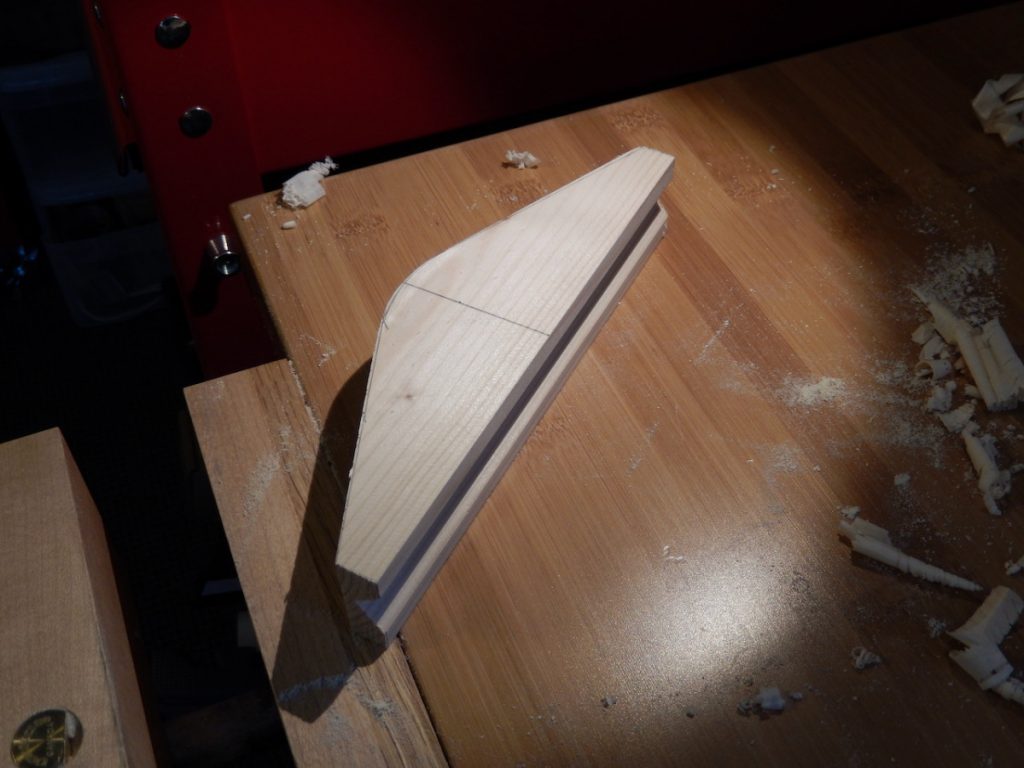 This jaw is handy with so many other projects that I hope you will build one regardless if you have a peavey to restore or not.
This jaw is handy with so many other projects that I hope you will build one regardless if you have a peavey to restore or not.
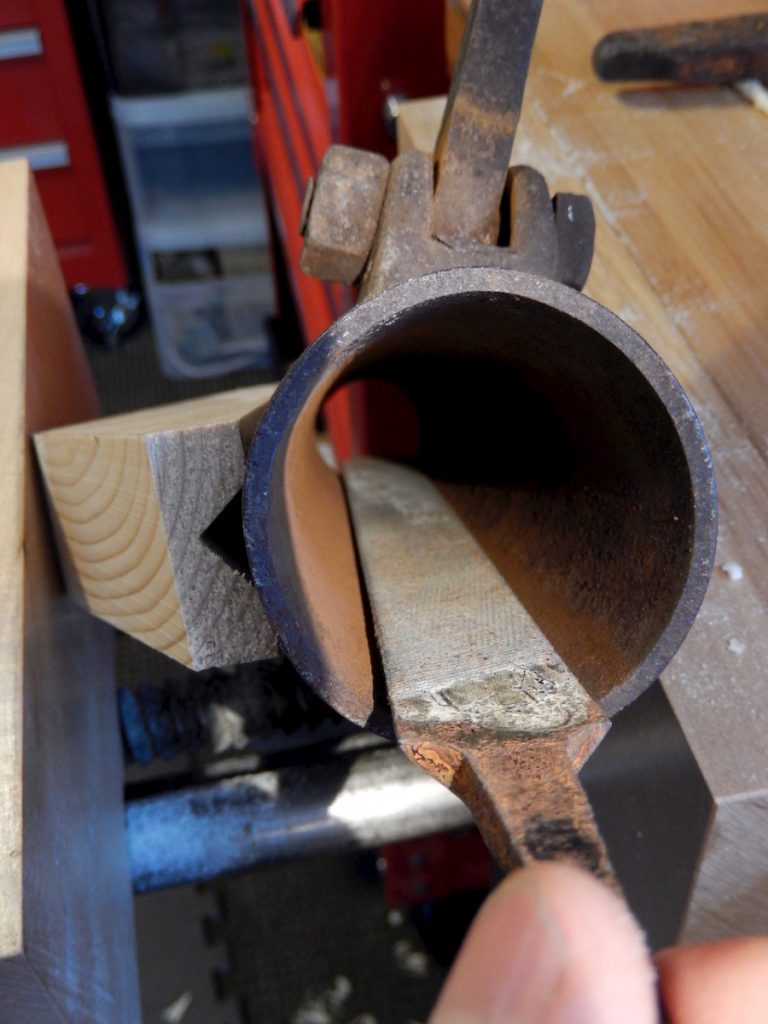
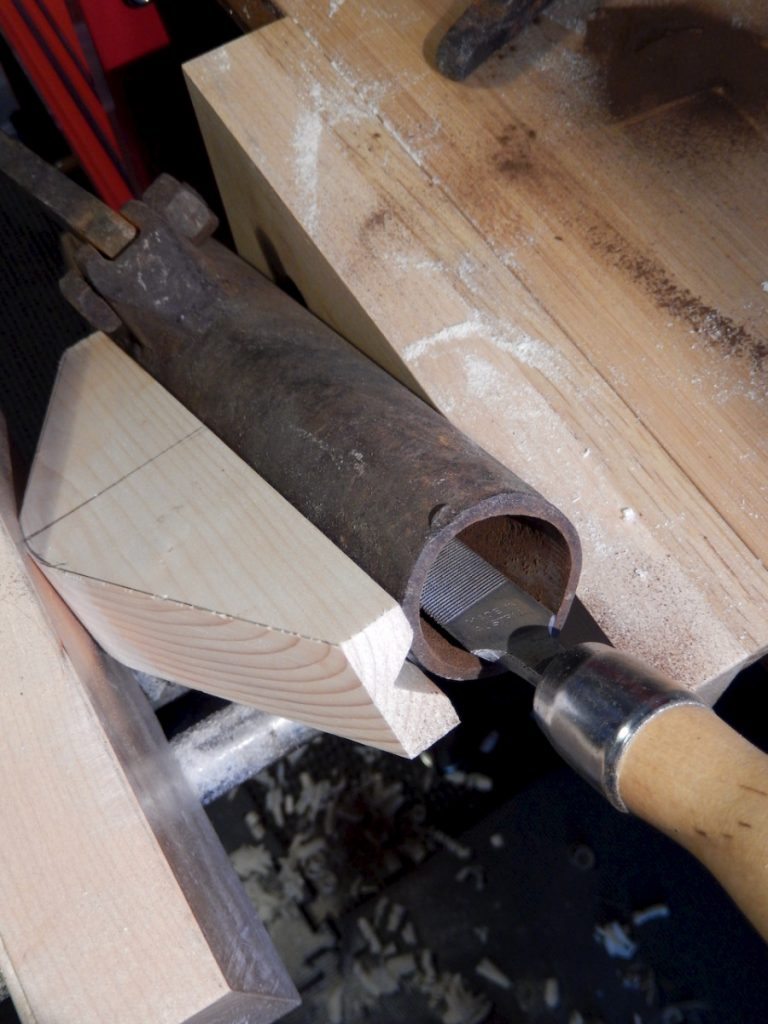
With the auxiliary jaw in place, I clamped and sanded the inside of the socket. To do the job effectively and consistently I used half round file followed by some PSA sandpaper over my new peavey handle. By temporarily affixing the sandpaper to the handle and then rubbing it in a circular pattern inside the socket I was able to obtain a tighter fit. After this, I removed the sandpaper from the handle and drove it in using a mallet.
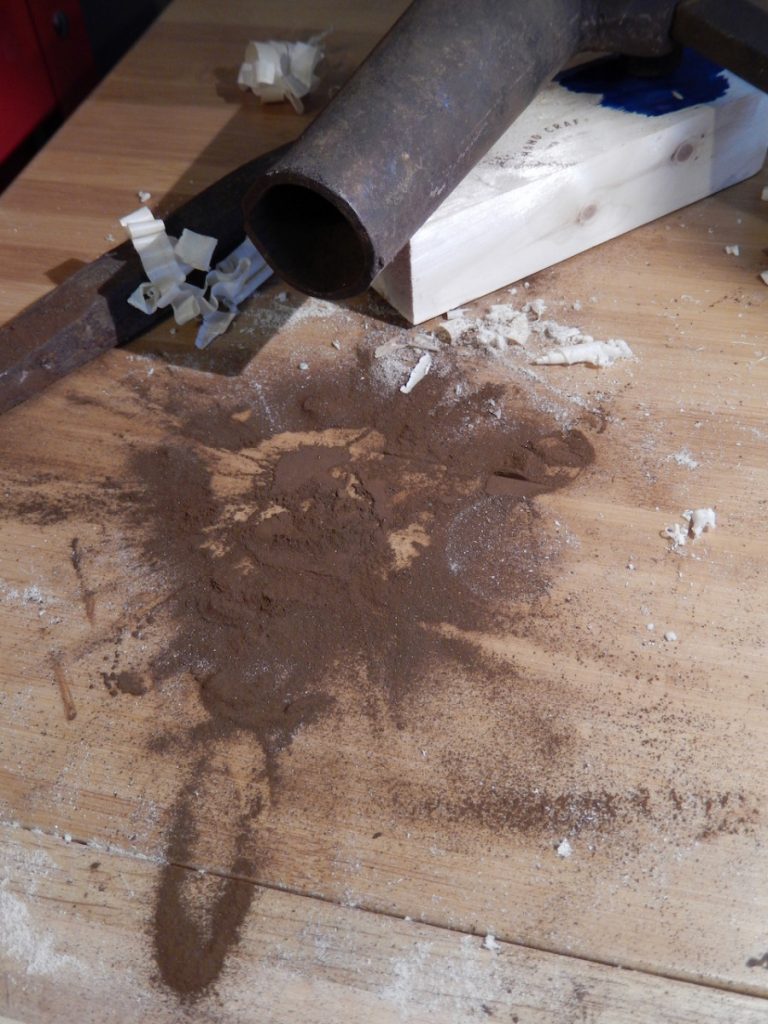
I never anticipated filing so much rust away.
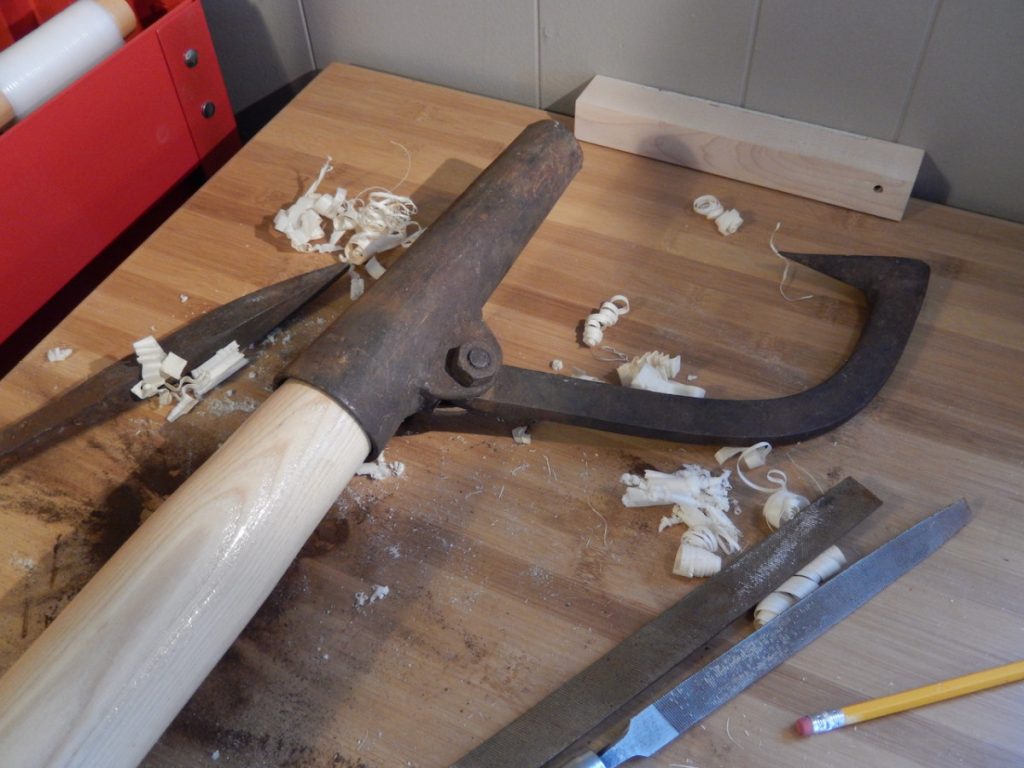
My first attempt to match the handle and the socket together.
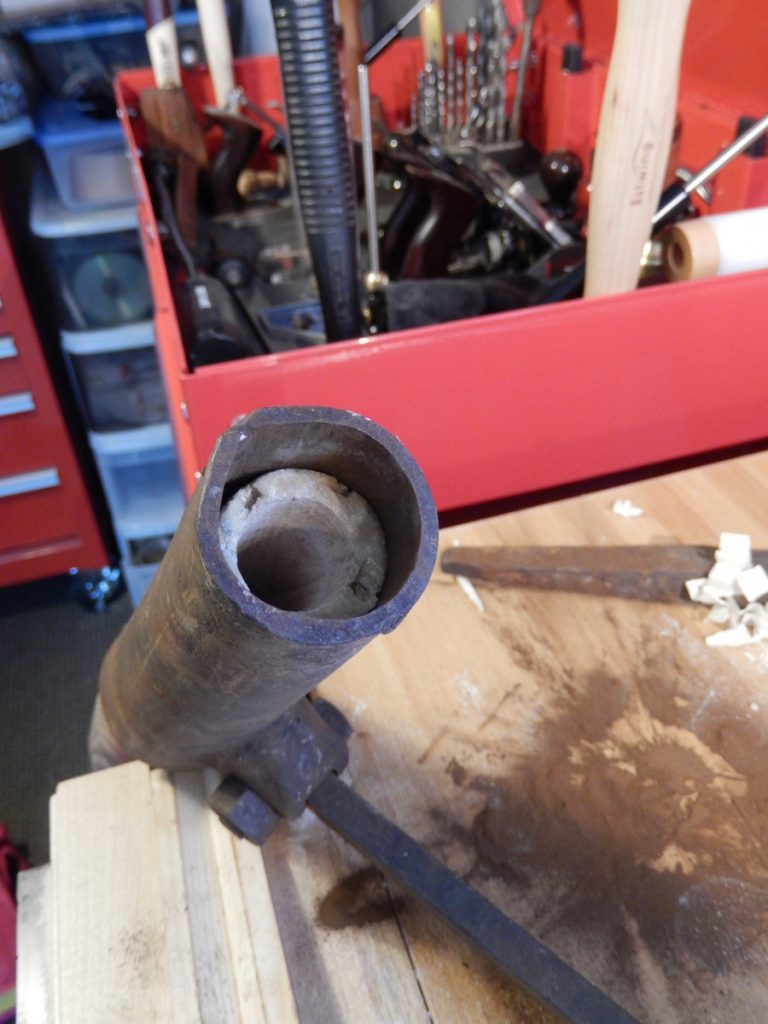
It was a good fit but I thought I could match them even better.
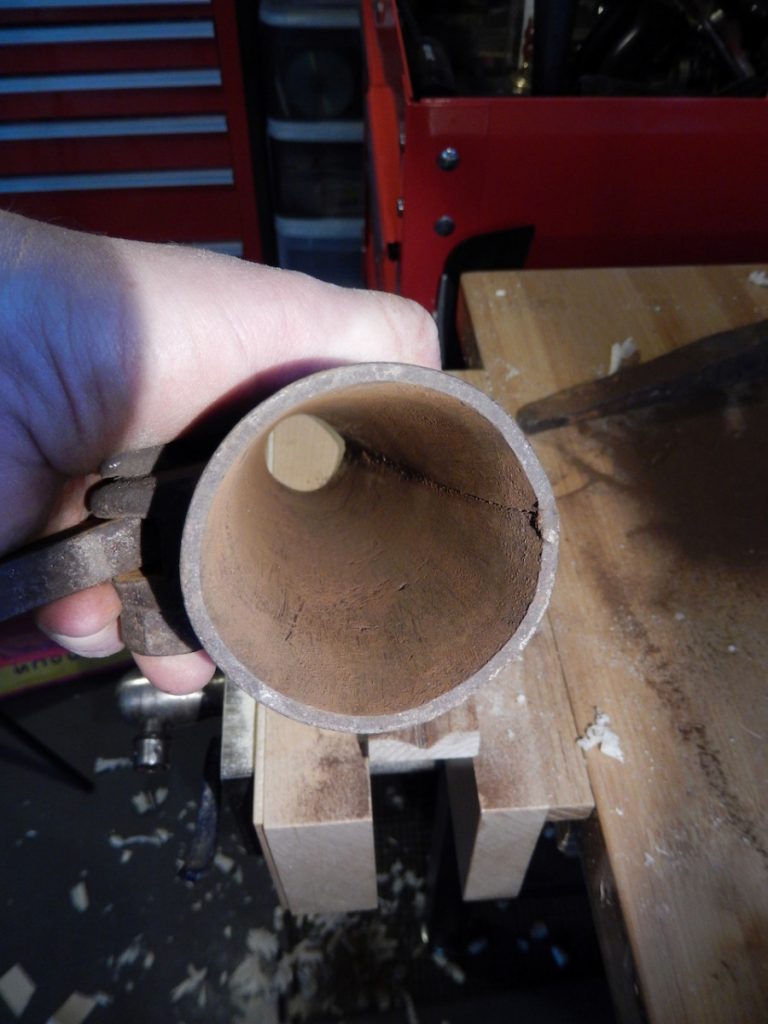
I then removed the socket in preparation for sanding the inside to achieve a tighter fit.
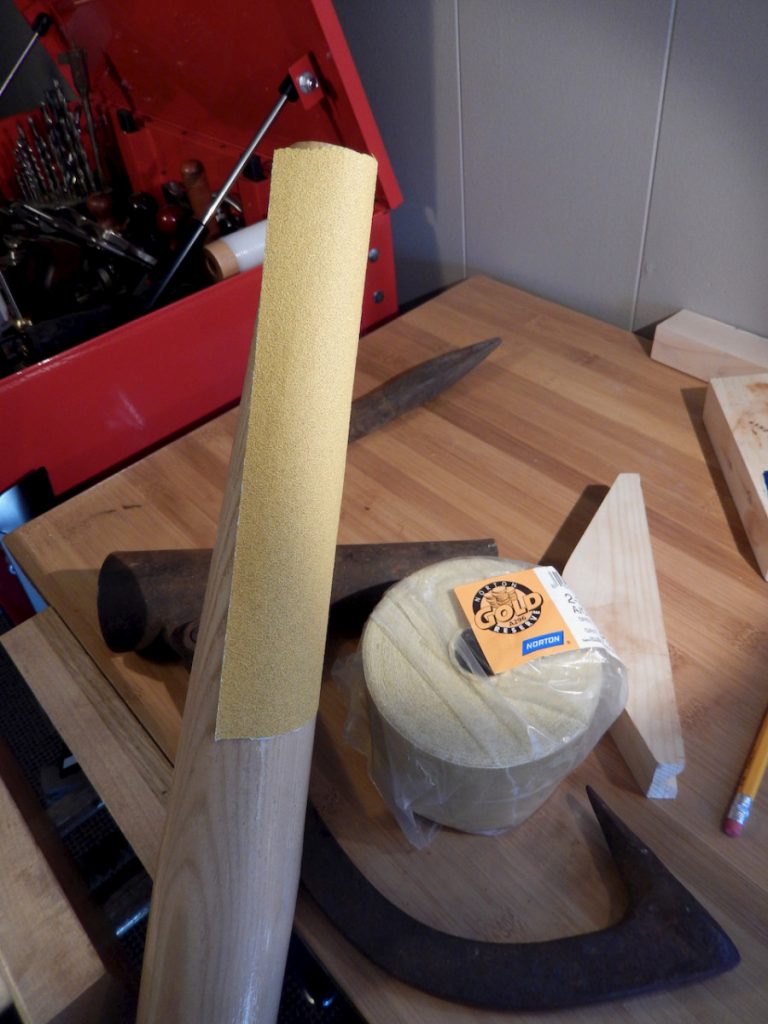
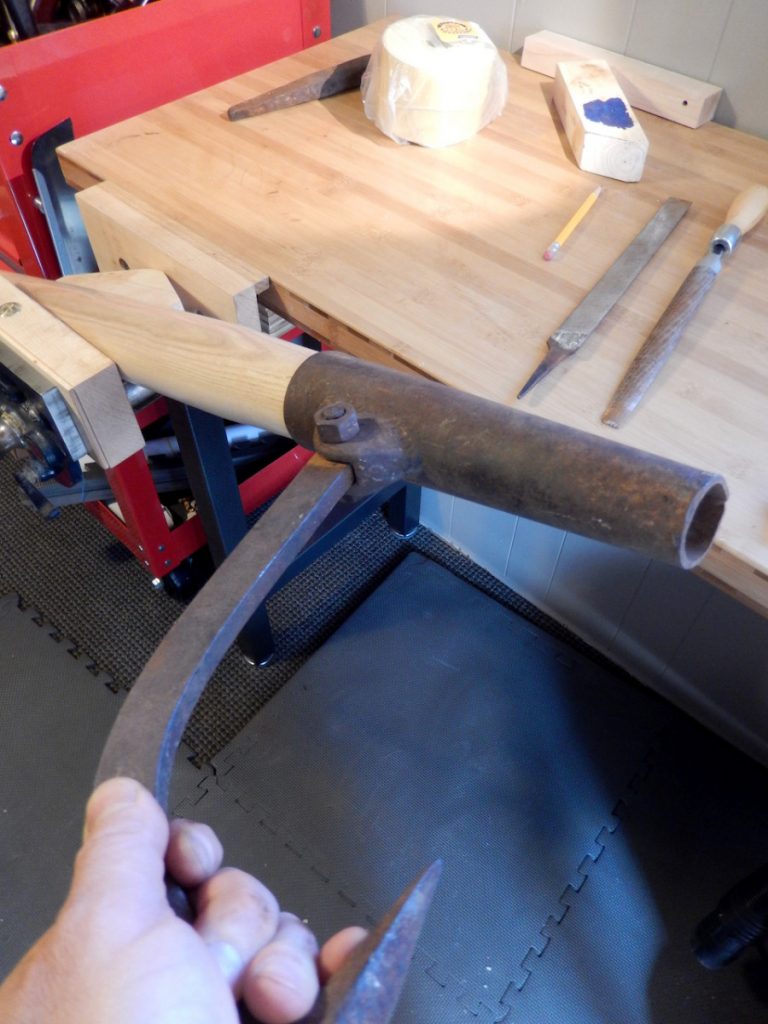
After I affixed the PSA sandpaper onto the handle and remounted the peavey’s socket I began rotating the socket around the handle. 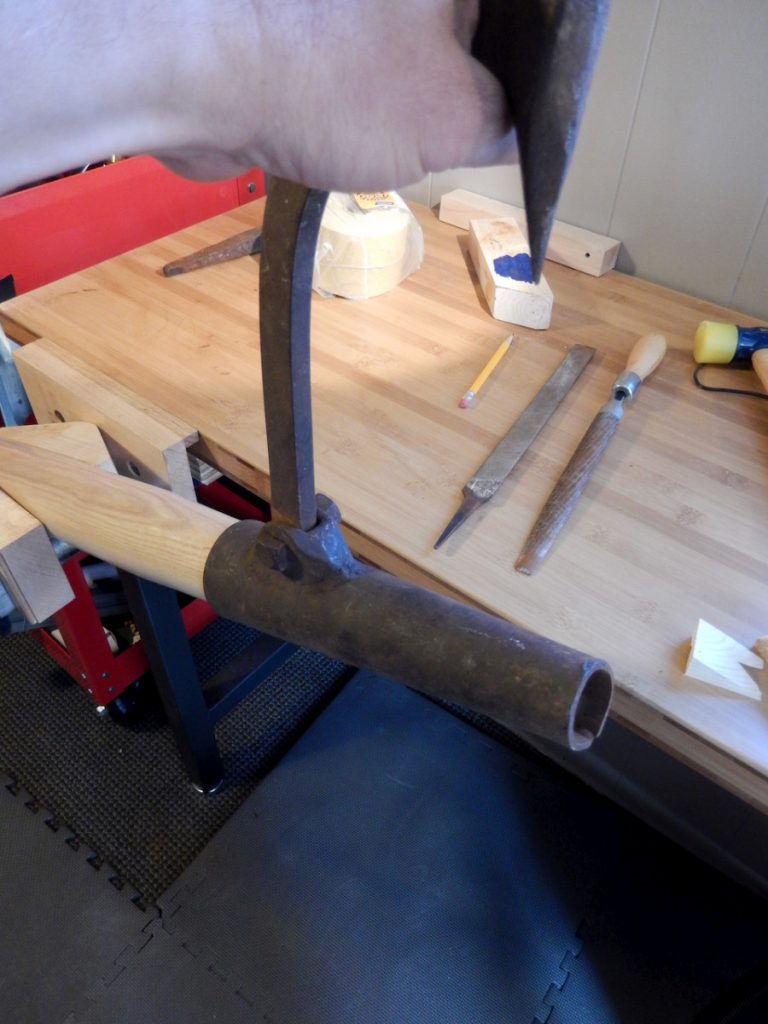
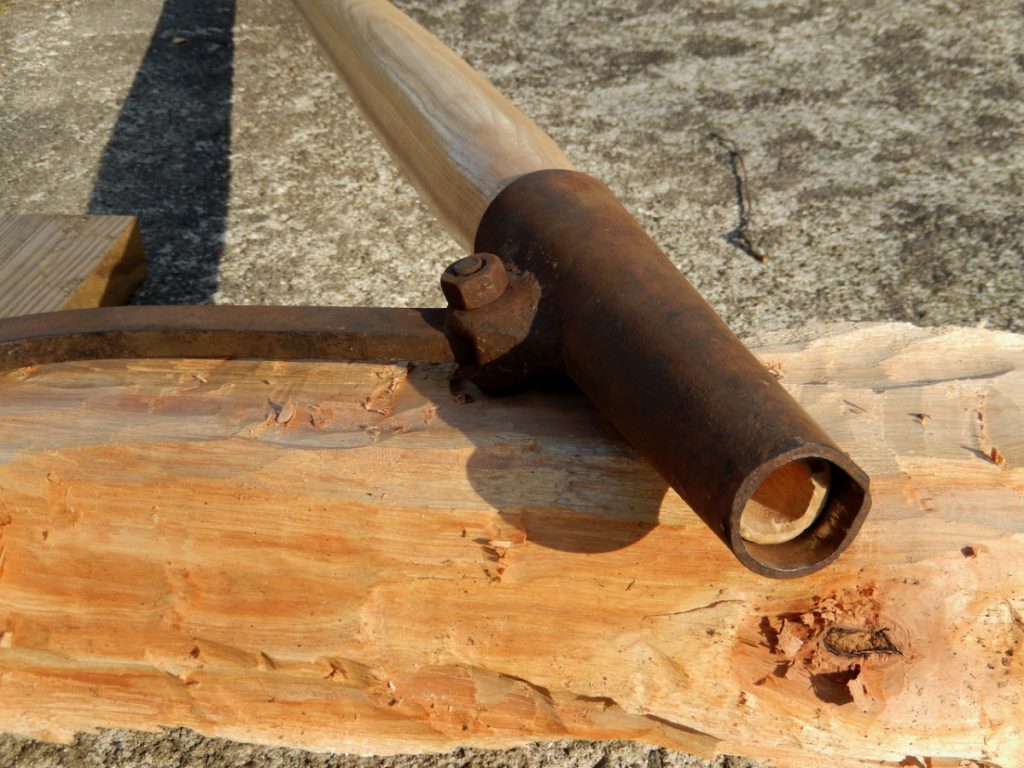
I drove the socket in with the help of a mallet.
Next, I filed all the rust from the spike’s tang and drove it into its predrilled hole.
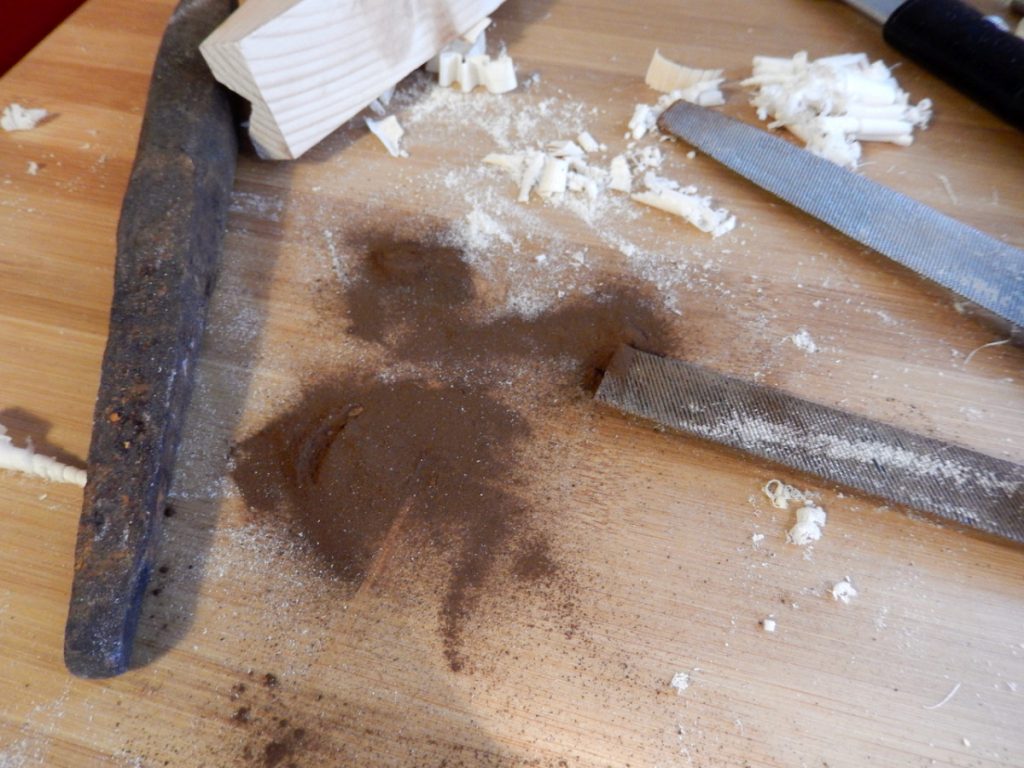 Not all forged spices are made equal or truly symmetrical so if you need to fine-tune the orientation of the spike vis-a-vis the handle axis you can grab a Vise-Grip and turn the spike in the hole to the right angle before driving it all the way in.
Not all forged spices are made equal or truly symmetrical so if you need to fine-tune the orientation of the spike vis-a-vis the handle axis you can grab a Vise-Grip and turn the spike in the hole to the right angle before driving it all the way in.
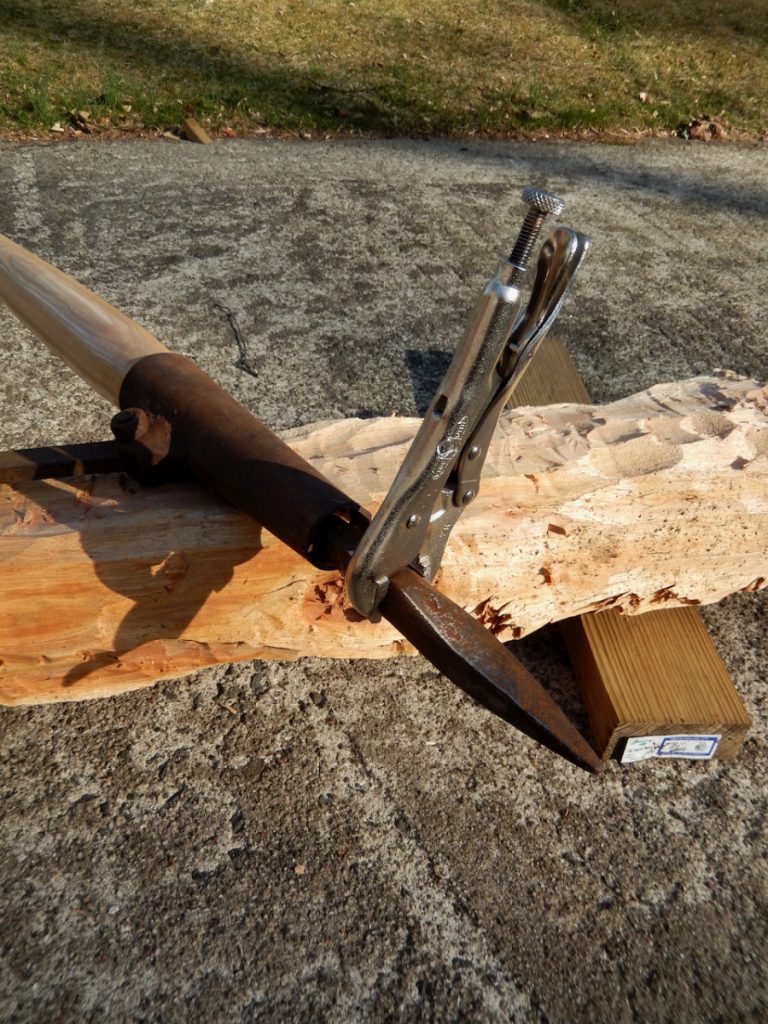
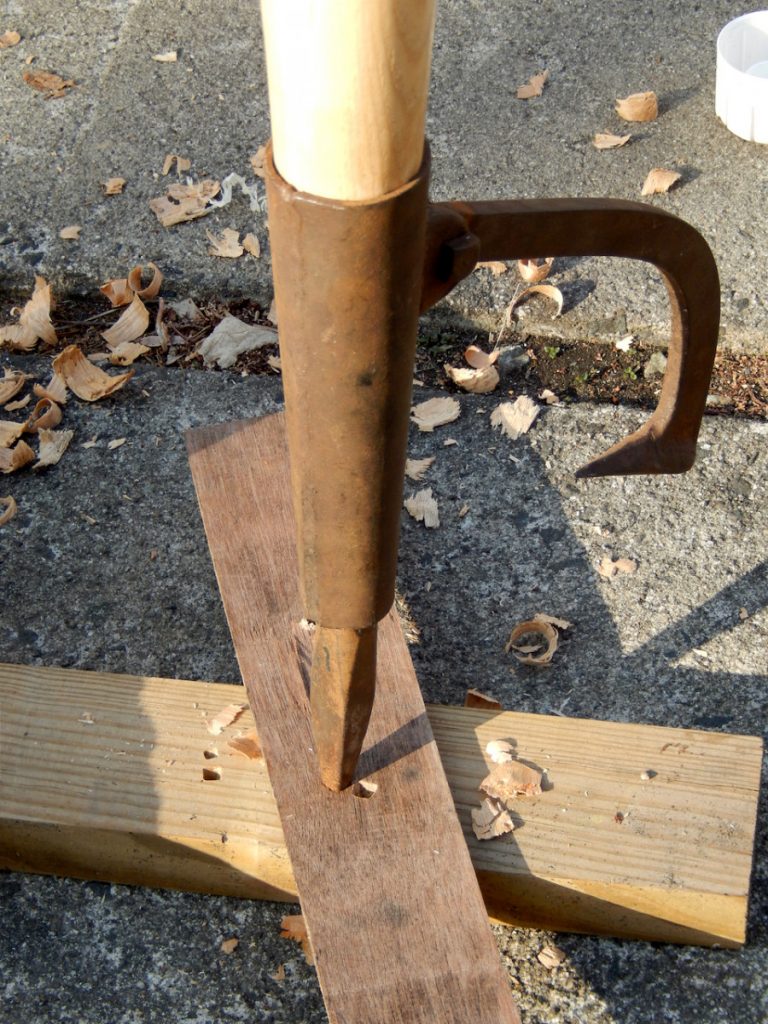
Once my Peavey had been resorted I begun using it to corral the logs in our property and organizations them for long-term storage for future use.
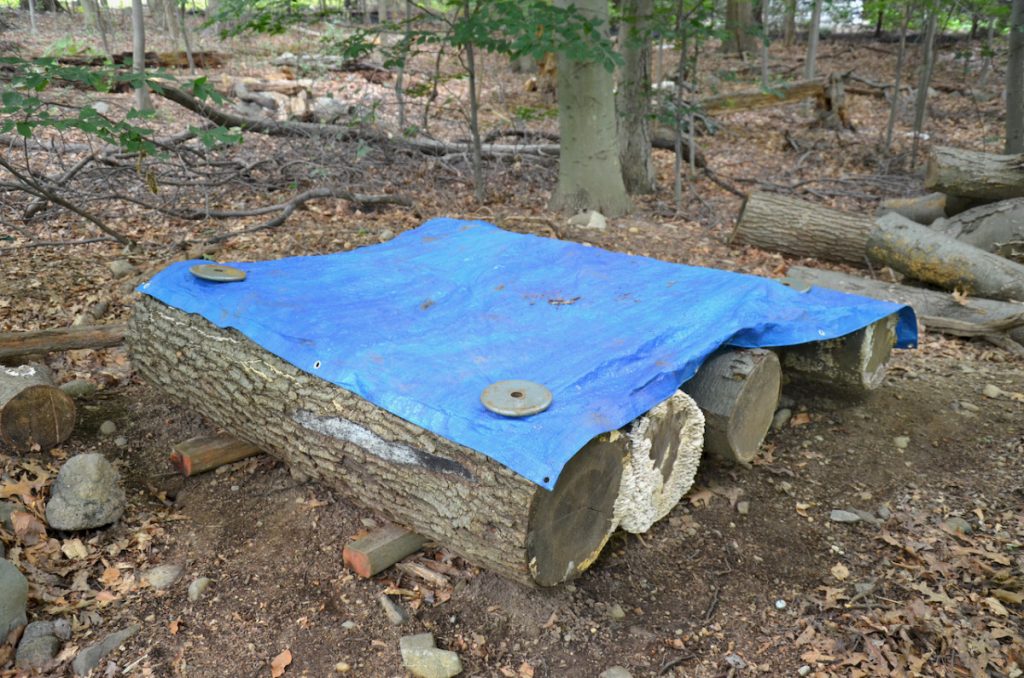
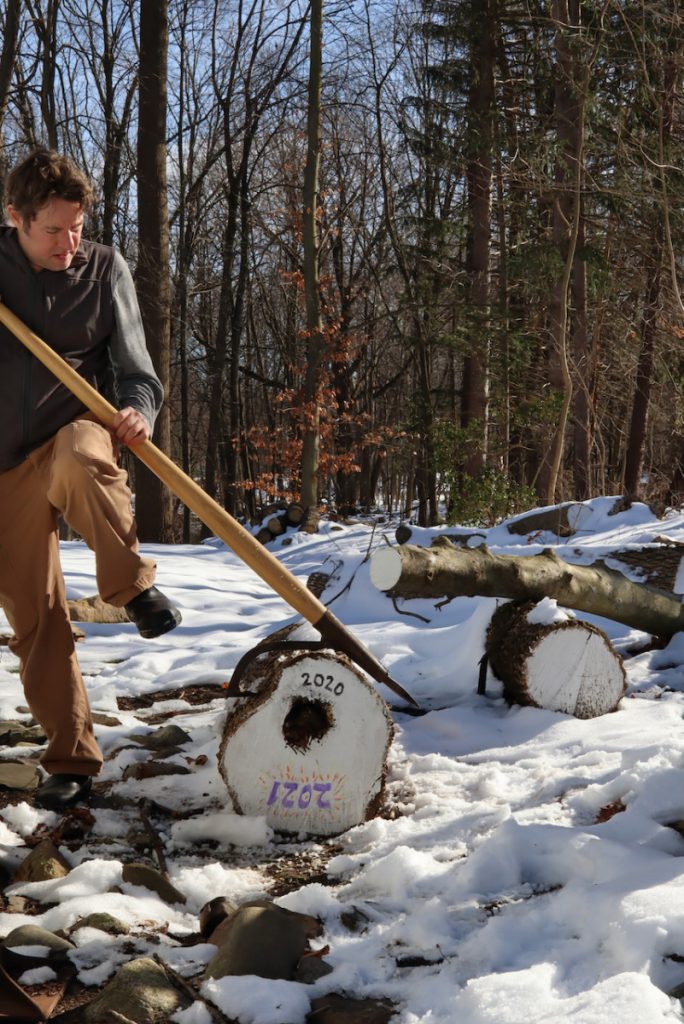
Sometimes you’ll need to kick the hook into the bark to gain a good purchase before rolling the log.

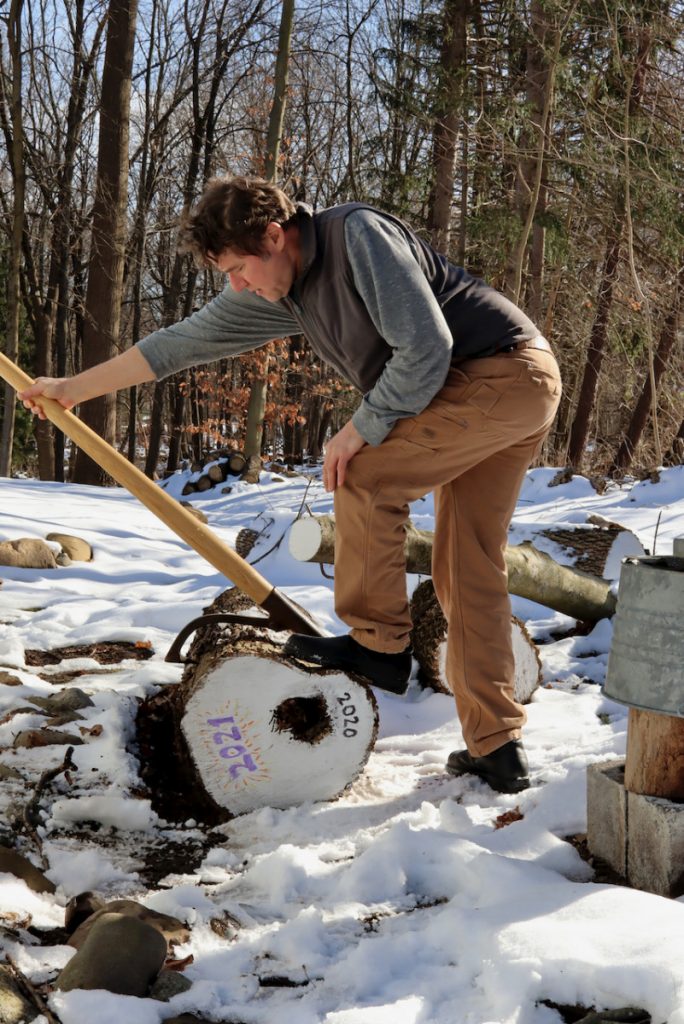
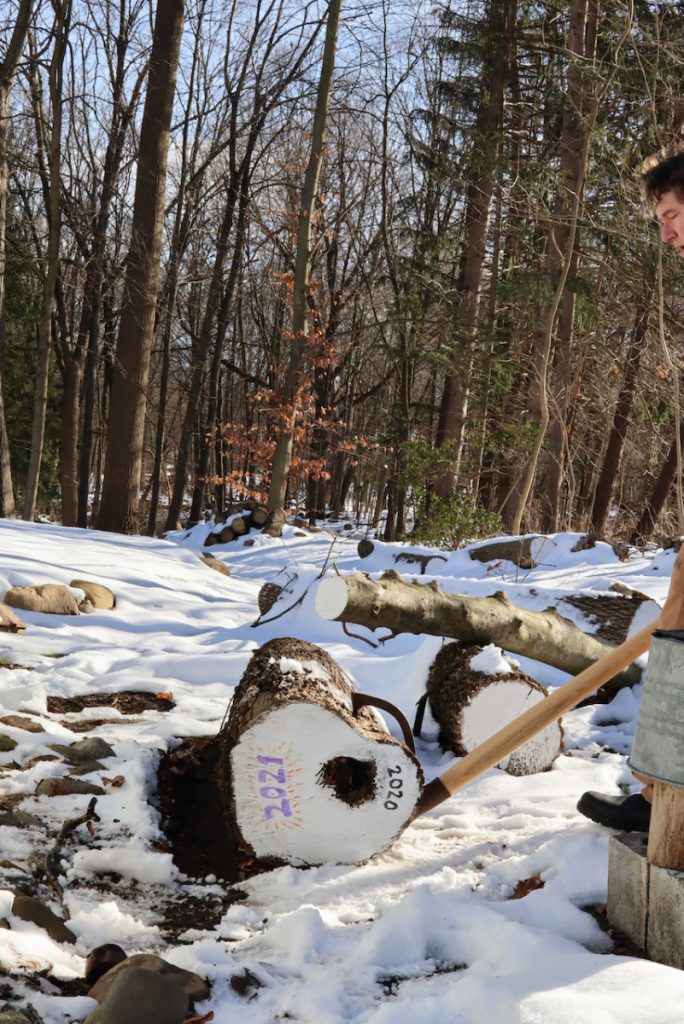
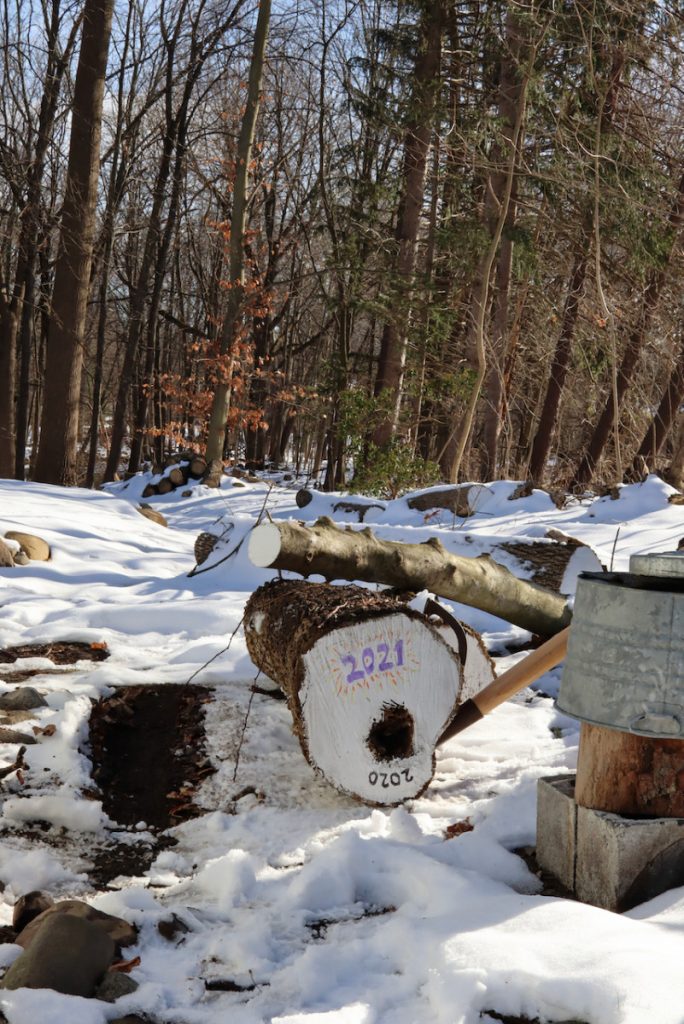
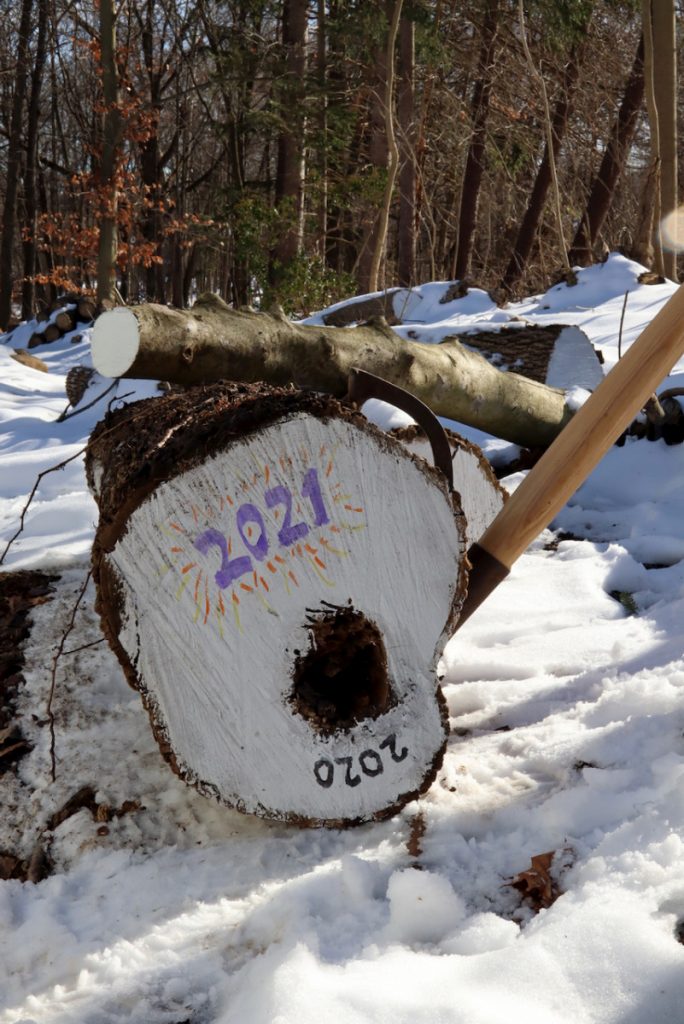

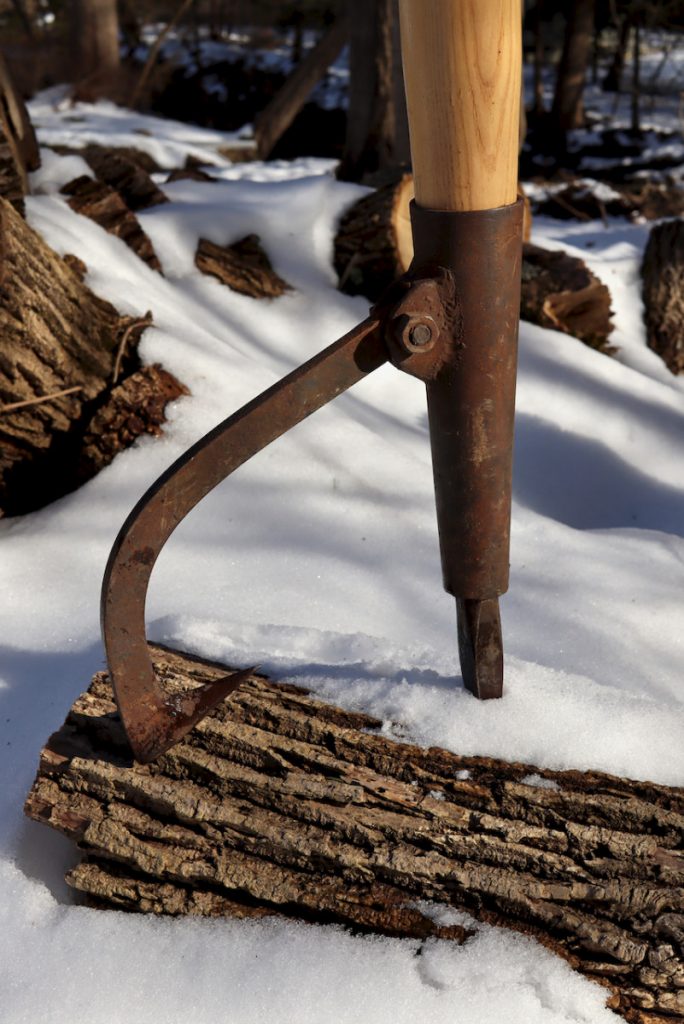
Here are some supplies and tools we find essential in our everyday work around the shop. We may receive a commission from sales referred by our links; however, we have carefully selected these products for their usefulness and quality.






![Bringing the 1955 Crescent Band Saw to Life! [Video]](http://www.popularwoodworking.com/wp-content/uploads/bfi_thumb/dummy-transparent-olcy6s63it1p9yp7uhusjas7c8kahafrhg9su7q9i0.png)



Thanks for the article, Yoav – great reading and always good seeing old tools restored to actual working usefulness. I rolled a load of pine a few years back at an old school woodrat’s yard here in Finland, so Peaveys always catch my attention.
I noted a lot of grammar and spelling errors; are PW not proofing articles before publication? I guess that “spick” is the old-school variant of “spike”?
Hi Prostheta,
Thanks for your kind words on my Peavey story and for noticing and pointing out one of the typos.
Best,
Yoav